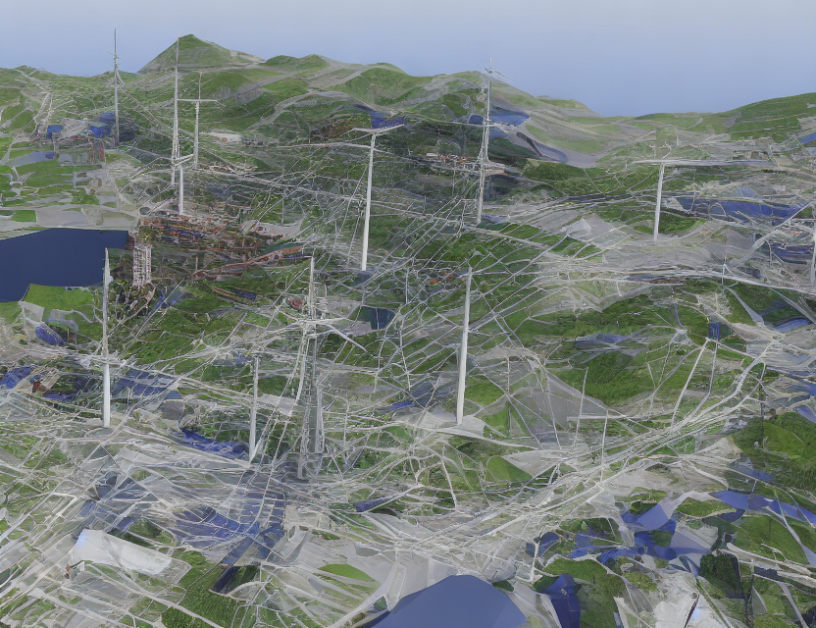Maintaining Synchronization and Preventing Cascading Failures in Power Grids
Power grids are complex systems that transmit electricity over long distances, and maintaining their synchronization is crucial for avoiding cascading failures. The article discusses three classes of approaches to model and analyze power grid dynamics: (1) those based on the calculation of power flows from DC or AC equations, (2) those with an explicit electro-mechanical description of the dynamics, and (3) those using simplified models that treat the power grid as a system of coupled oscillators. These models are effective in maintaining a high level of synchronization and preventing cascading failures, especially in grids with high penetration of variable renewable energy sources.
Understanding Power Grid Dynamics
Power grids are like a complex web of interconnected roads that transport electricity from power plants to homes and businesses. Maintaining the synchronization of these roads is crucial for avoiding accidents, just like keeping traffic flowing smoothly on a busy highway. In power grids, synchronization refers to the coordination of the electrical frequency between different parts of the grid, ensuring that electricity flows smoothly and efficiently.
Cascading Failures: The Risks
Imagine a series of dominoes lined up on a table, each one representing a power grid component like a transformer or transmission line. If one domino falls, it can trigger the next one to fall, creating a chain reaction that can lead to a cascading failure of multiple components in the power grid. This is similar to how a small disturbance in one part of the grid can propagate and affect other parts, leading to a cascading series of failures.
The Importance of Accurate Models
To predict and prevent cascading failures, accurate models are crucial. These models help engineers understand the dynamics of power grids, including how different components interact and how they can fail. The article discusses three classes of approaches to modeling power grid dynamics, each with its strengths and limitations.
Approach 1: Calculating Power Flows
The first approach involves calculating power flows from DC or AC equations. These models are useful for predicting the effects of changes in load or generation on the overall power grid. However, they do not provide a detailed description of the dynamics of the grid and may not capture all the complexities of the system.
Approach 2: Electro-Mechanical Models
The second approach involves using models with an explicit electro-mechanical description of the dynamics of the power grid. These models can provide a more detailed understanding of the grid’s behavior, but they may be computationally intensive and difficult to solve.
Approach 3: Simplified Models
The third approach involves using simplified models that treat the power grid as a system of coupled oscillators. These models are easier to analyze and can provide insights into the behavior of the power grid, but they do not capture all the complexities of the system.
Maintaining Synchronization and Preventing Cascading Failures:
To maintain synchronization and prevent cascading failures, the article suggests that a multi-layer approach is effective. This involves using a combination of models from different classes, tailored to the specific needs of the grid. By incorporating both DC and AC equations, as well as simplified models, engineers can develop a comprehensive understanding of the power grid’s behavior and predict potential failures before they occur.
Conclusion
In conclusion, maintaining synchronization and preventing cascading failures in power grids is crucial for ensuring a reliable and efficient supply of electricity. Accurate models are essential for predicting and preventing these failures, and different approaches can be used depending on the needs of the grid. By combining multiple models and taking into account the complex dynamics of the power grid, engineers can develop a comprehensive understanding of the system and ensure that it operates smoothly and efficiently.



